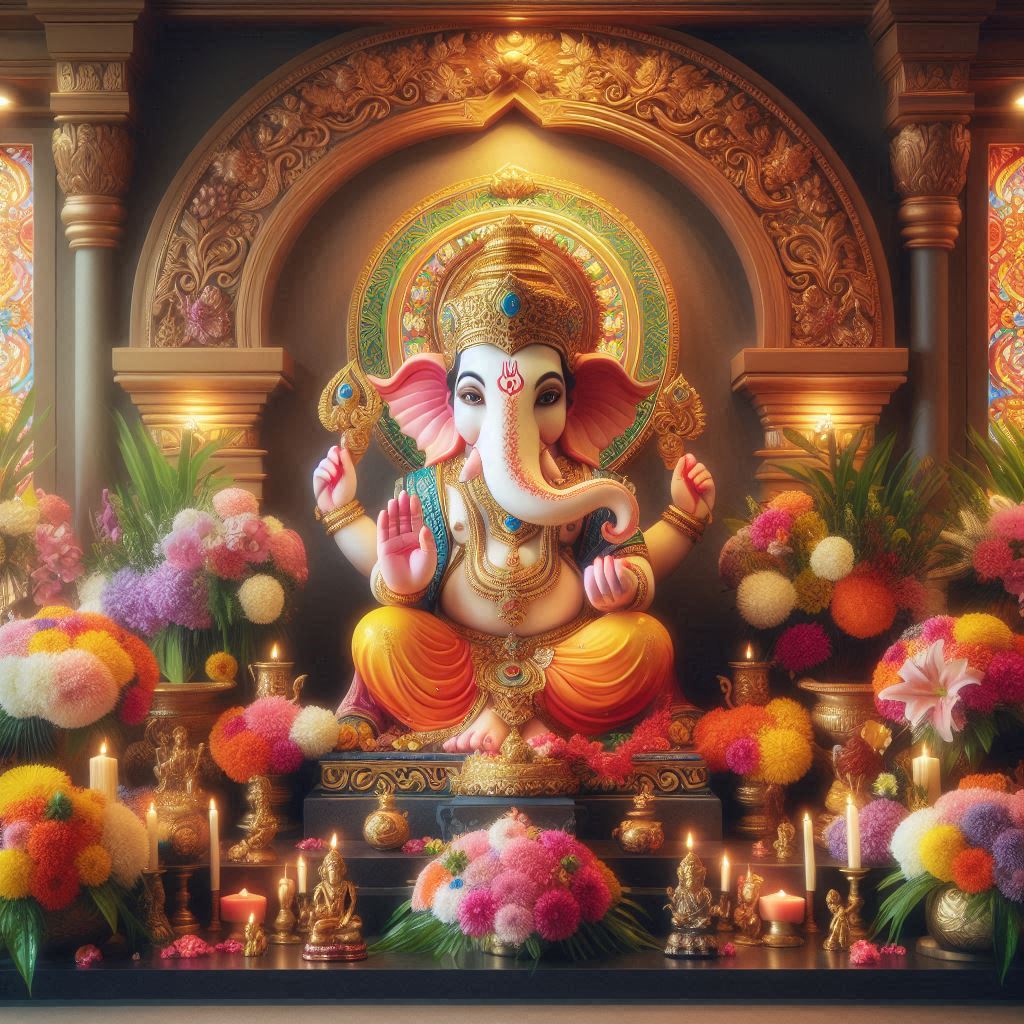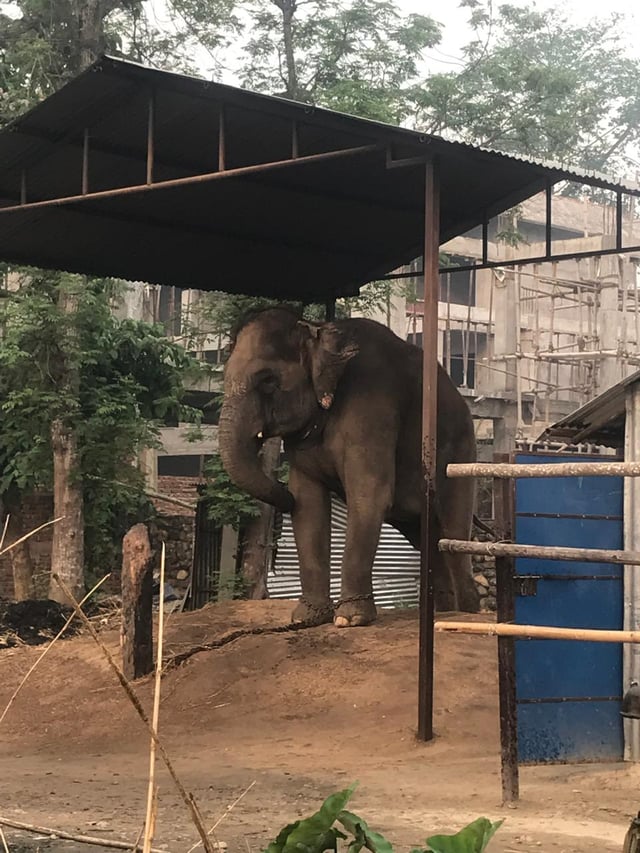Ganesh of Newar

The Elephant, the largest land mammal on earth, has been adorned and even feared since prehistoric times.
In Hinduism, elephants are sacred, and are associated with the elephant-headed god- Ganesh.
The earliest sculpture of Ganesh dates back to the 5th century CE and there are additional claims of even older Ganesh sculptures dating back to the 1st century CE.
The scarcity in sculptures of this god is evidence that Ganesh wasn’t a popular deity in the early common era.
By the 7th century, Ganesh started to gain a high level of religious status specifically with the original inhabitants of Kathmandu valley, the community known as the Newars.
Newari villages have multiple Ganeshsthans (Ganesh temples), and the popular Ganeshsthans include Ashok Binayak temple, Chandra Binayak temple, Surya Binayak temple, Jal Binayak temple, Kamaladi Ganesh temple, and Karya Binayak temple, all located in the capital of Nepal.
Kathmandu, also named ‘Kashtamandap’ or wooden rest house; is also called ‘Maru Satta’l in Newari, after the Maru Ganedyo named after Ganesh temple.
Newars actually offer an animal as a sacrifice to Lord Ganesh, this is in sharp contrast to the tradition outside of Kathmandu Valley, where no meat is ever offered to Lord Ganesh.
Internationally the living goddess of Nepal- the Kumari, is somewhat known, but the living gods Ganesh and Bhairab are rarely discussed. There are Kumaris outside of Kathmandu valley, but Ganesh and Bhairab are limited to the capital city only.
Like the Kumari, Ganesh has to fulfill a series of criteria and would get a separate chariot during the Indra Jatra festival.
The living gods of Ganesh and Bhairab, was a tradition and a selection created during the reign of Jaya Prakash Malla.
Newars, like other Hindus, have a dedicated holiday to worshiping Lord Ganesh. Bhadra Shukla Chaturthi (a day in the Hindu lunar calendar). Newars call this day Cha Tha. Which is celebrated as Ganesh’s birthday.
One of the many Newar myths states that people shouldn’t view the moon on the day of Cha Tha, otherwise, they shall become a thief.
Author
Kripendra Amatya
Editor
Dana Moyal Kolevzon, Director of International Relations, Nepa~laya Productions
Published Date
January 1, 1970



